The Food Dialogues is a series of conversations being put together by the US Farmers & Ranchers Alliance and today, there was a session held in New York. I wasn’t there but I tuned into the last hour and a half during which GMOs (ie, genetically modified organisms) were being discussed.
The description of the session read:
What impact do GMOs have on the environment and long-term health? What more is needed to educate consumers about how their food is grown and raised? What role does science play when addressing issues tied to food, including health concerns, drought and feeding a growing population? Join a discussion where farmers, ranchers and leading experts on biotechnology (GMOs) give straight answers to today’s most pressing food concerns.
Dr. Bob Goldberg, plant molecular biologist currently using genomics to identify all of the genes required to “make a seed”, UCLA
Jerry Slocum, Mississippi soybean farmer
Dr. Julie Howard, Chief Scientist, Food Security, USAID
Gregory Jaffe, Director of Biotechnology, CSPI
Fred Kirschenmann, president of the board of directors, Stone Barns Center for Food and Agriculture and distinguished fellow, Leopold Center for Sustainable Agriculture at Iowa State University
Cheryl Rogowski, New York organic farmer
via The Food Dialogues New York | The Food Dialogues.
But the highlight of the clip may have been a totally unexpected question from the audience and a quick reply. Ali Velshi, CNN’s Chief Business Correspondent, Anchor of CNN’s Your Money and a co-host of CNN International’s weekday business show World Business Today was the moderator. He was great. He kept the conversation going and helped make sure that it was respectful and interesting.
Socks Provide Levity Throughout the Panel
The discussion had included talk of his happening socks — I mean just look at the two photos I have here. The guy is dapper and his socks did draw your eye in. He had lots of folks tweeting about it and when I asked for photos, both Susan Crowell of Farm & Dairy Magazine and Chuck Zimmerman of AgWired were happy to send photos along which was great because the video was not as fixed on these socks as they should have been.
Deep Discussion About Bt, Humor About the Socks
Around 30 minutes into the conversation, it got fairly deep with Dr. Goldberg talking at some depth about biotech and the science. His points were all spot on, but Velshi also brought levity in saying he had a flight to catch because the comments were lengthy. Poor guy thought he was going to get away from bt when another audience member asked another question about Bt (bacillus thuringensis, the protein that some worms can not digest so it prevents them from having much of a negative impact).
- Tom Giovanetti ?
@tgiovanetti “Your socks are probably GMO if they’re cotton.”#foodd- Andy Vance ?
@AndyVance: HILARIOUS:@AliVelshi audience Q “Are your socks genetically modified? Goldberg: “Probably, if they’re cotton.”#bringingdownthehouse#FoodD- Amy Roady ?
@amyroady: Who knew that a comment about cotton socks would get so many laughs during a biotech discussion. Love it!#foodd- Emily ?
@westoftheloop: Biggest laugh of the day RT@tgiovanetti: “Your socks are probably GMO if they’re cotton.”#foodd- Meghan Cline ?
@CityGirl4Ag: Are your socks genetically modified? Nice one!#FoodD- Elizabeth BT ?
@eburnsthompson: Love this…@AliVelshi “Are you socks genetically modified?”… Dr. Goldberg (UCLA): “Probably yes, if they are cotton”#FoodD#GMO
 Pairs of Socks in a Bale of Cotton
Pairs of Socks in a Bale of Cotton
I wonder if anyone attending the Food Dialogues in New York knows how many pairs of socks you can make from a bale of cotton. I do. 🙂 You can make 8.6 pairs of mid calf socks from a pound of cotton and that means you can make 4,321 mid-calf pairs of socks from a bale of cotton!
Why Farmers Plant GMO Cotton
The fact that most cotton grow in the US is GMO cotton may have been a surprise to Ali Velshi and to others, but the reasons for using biotech is clear for farmers. And having worked with cotton farmers for decades, I feel like I can summarize some of the reasons biotech cotton is something farmers adopted so quickly & thoroughly:
- Insects can be devastating to cotton — and if you aren’t familiar with the incredibly high insect populations we can have in the Cotton Belt, I’ve got friends in the Delta who would be glad to let you try to sit outside for an evening in July. There are bugs that will eat any and everything, moving or not. Cotton produces some great plant sugars, etc that attracts some of those insects when plants are flowering or putting on bolls. If you want to see some of the insects that can inflict economic damage on cotton, check out this photo library at Texas A&M (caution, seeing this near bedtime could be bad news for sleep patterns if you grow cotton!) The first biotech product in cotton was bt and it was on the heels of a devastating year where worms left some cotton farmers little or no cotton. Instead of having to spray pesticides routinely and still worry about control, bt products made control easier & more environmentally-friendly.
- There are some additional weed management tools that are biotech-enabled. There are a few products that can now be sprayed over the top of cotton that couldn’t before GMOs were introduced. It’s good to, as Dr. Howard says, have another bow in your quiver. Another tool that can be used.
- Farmers have seen the environmental advantages of using biotech cotton. They know how beneficial GMOs have been to the wildlife, soils, etc. A farmer talked to me about this for a blog post at work if you’d like to hear his thoughts.
What if you don’t want to buy GMO socks?
Do you have questions about GMO cotton?
I would be glad to get some of my cotton peeps to answer questions you have about biotech cotton so if you have any questions, please feel free to ask.
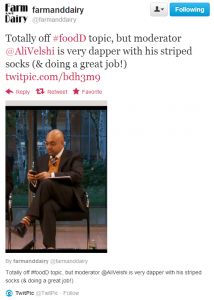
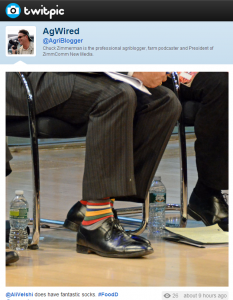
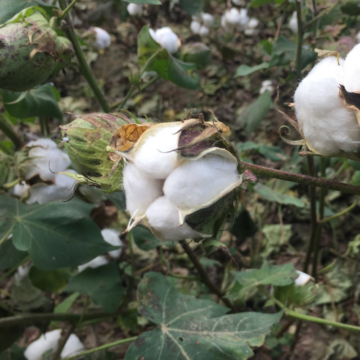
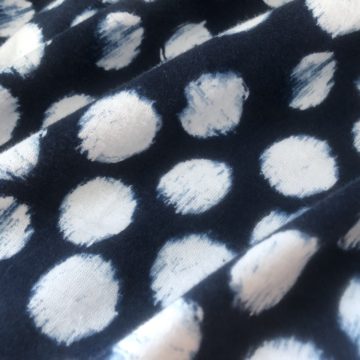

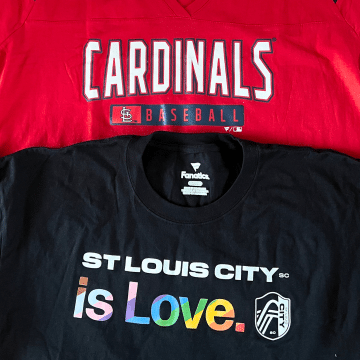
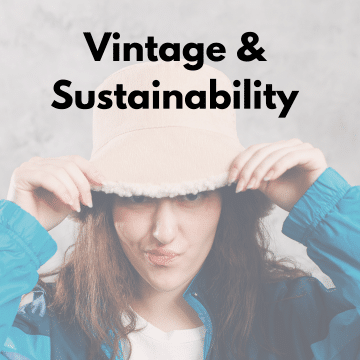
I have a question about GMO cotton fabric: would there be any trace of Bt protein left at all with the finished fibers?
Someone on twitter once assured me that because of the modification that GMO undies would make you sterile.
The quick answer is no but let me get some more detail together and I’ll get back to you. Glad to help you understand.